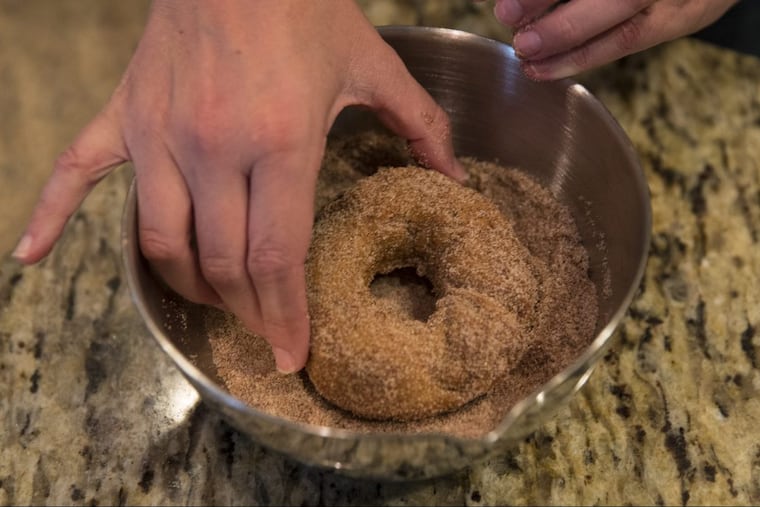I made Federal Donuts at home, and here's what happened
Can Federal Donuts really be made at home? A new cookbook makes it possible even for a total novice in the kitchen.

Can Federal Donuts really be made at home? A new cookbook makes it possible even for a total novice in the kitchen.
